State
Tribe Name
Art Type
short description
The attire of Reang tribe is the highlight of their culture manifested in regards to their long-held weaving practices. Reang men wear a handwoven loincloth, just another simple cloth applied on the upper parts, and the most important accessory in their dress is the "Kamsoih", a turban with which they see their traditional identity. On the other hand, Reang women typically put on what is called "Passra" or "Rignai"-long size woven covering for the lower body-and they comprise a "Ria", a shorter garment covering the breast. All of these items thus are made on local looms, testifying about the weaving talent of the tribe. Both these attires are worn every day but mainly during festivals like Ker, Goria, Chitragupra, and Maikhlummo Mwtai (Laxmi Puja) which takes place with a dance known as Hojagiri after the harvest of Jhum in the month of September-October.
Thumbnail
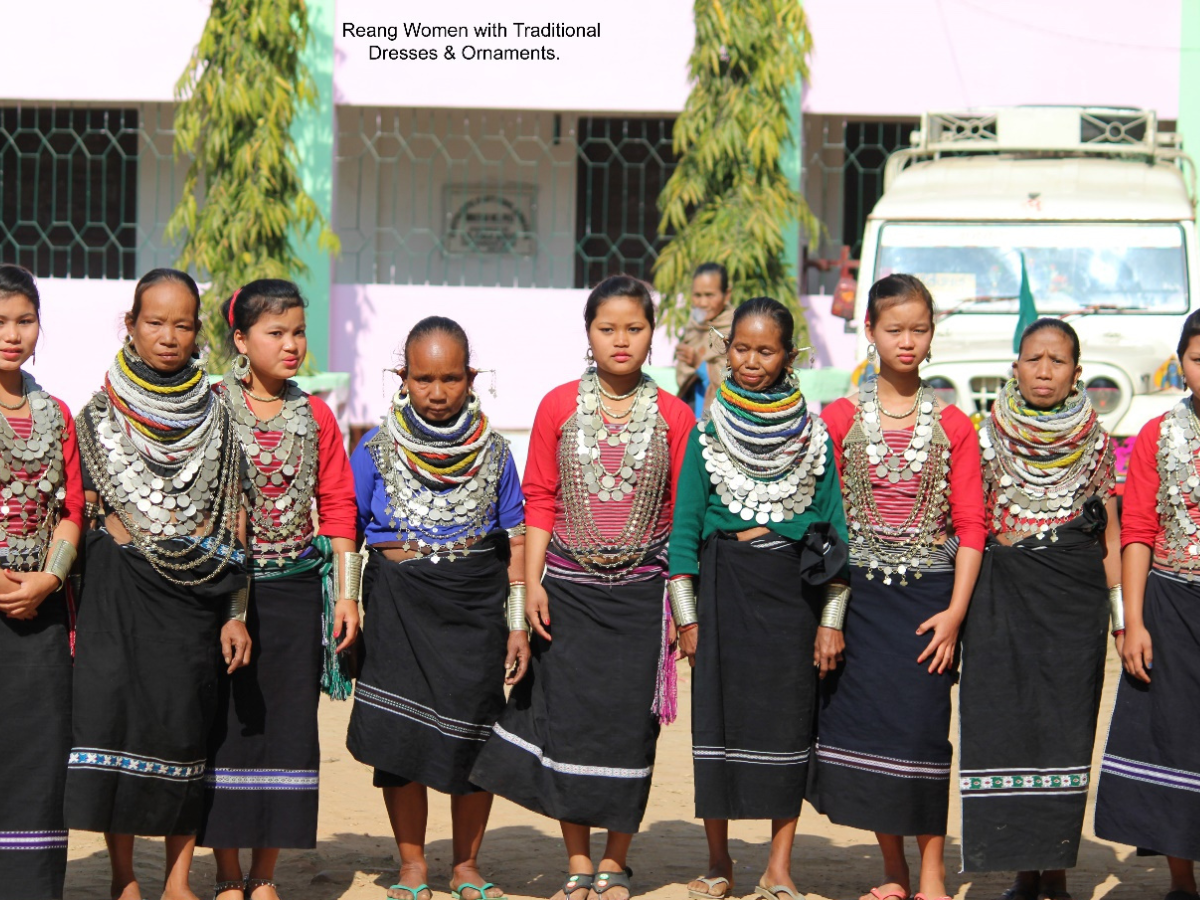
Filter Postion
Left
Filter Background
Off
Theme
Filter Header Image
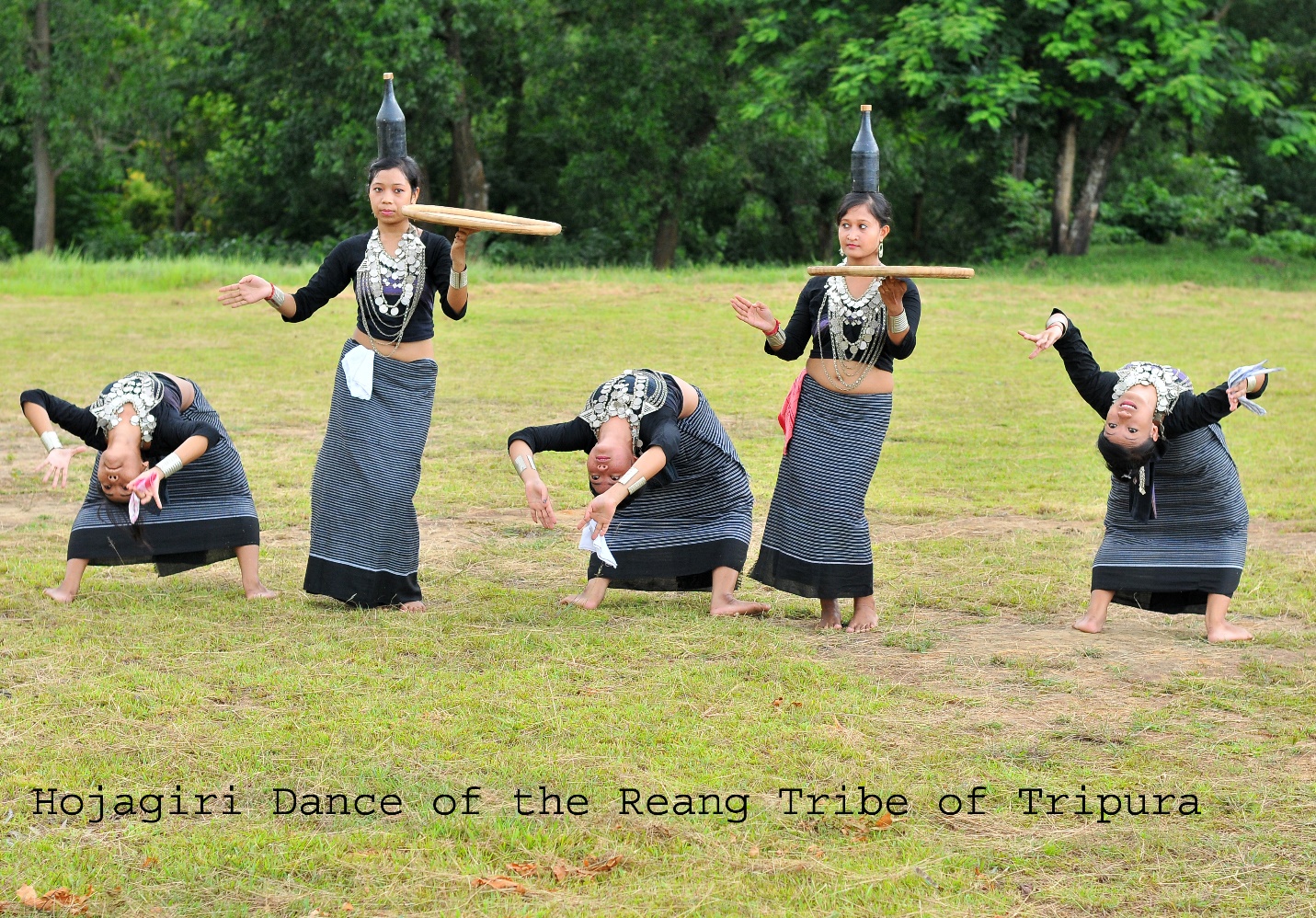
content
Image
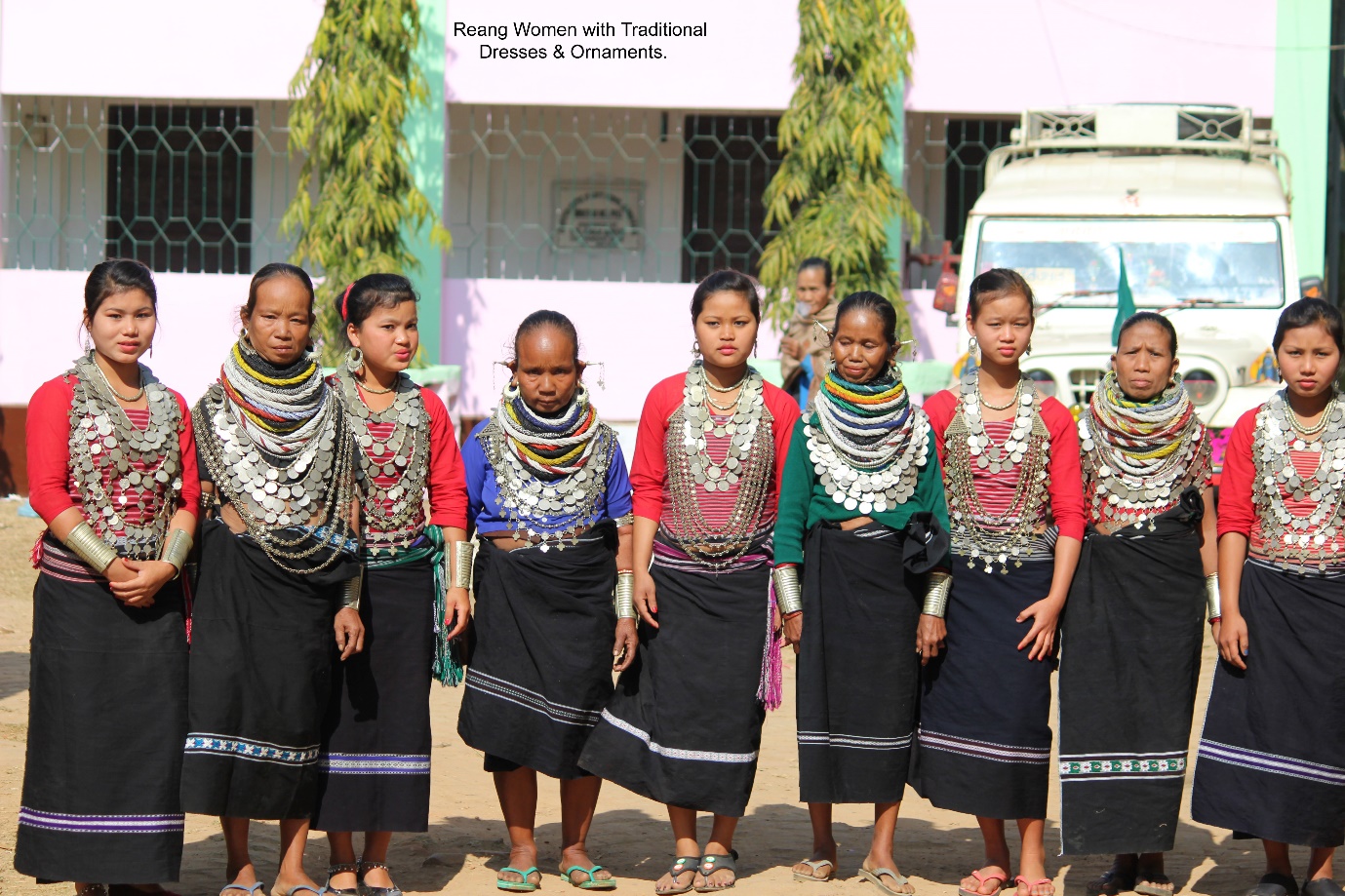
description
The attire of Reang tribe is the highlight of their culture manifested in regards to their long-held weaving practices. Reang men wear a handwoven loincloth, just another simple cloth applied on the upper parts, and the most important accessory in their dress is the "Kamsoih", a turban with which they see their traditional identity. On the other hand, Reang women typically put on what is called "Passra" or "Rignai"-long size woven covering for the lower body-and they comprise a "Ria", a shorter garment covering the breast. All of these items thus are made on local looms, testifying about the weaving talent of the tribe. Both these attires are worn every day but mainly during festivals like Ker, Goria, Chitragupra, and Maikhlummo Mwtai (Laxmi Puja) which takes place with a dance known as Hojagiri after the harvest of Jhum in the month of September-October.
Image Mode
landscape
Image
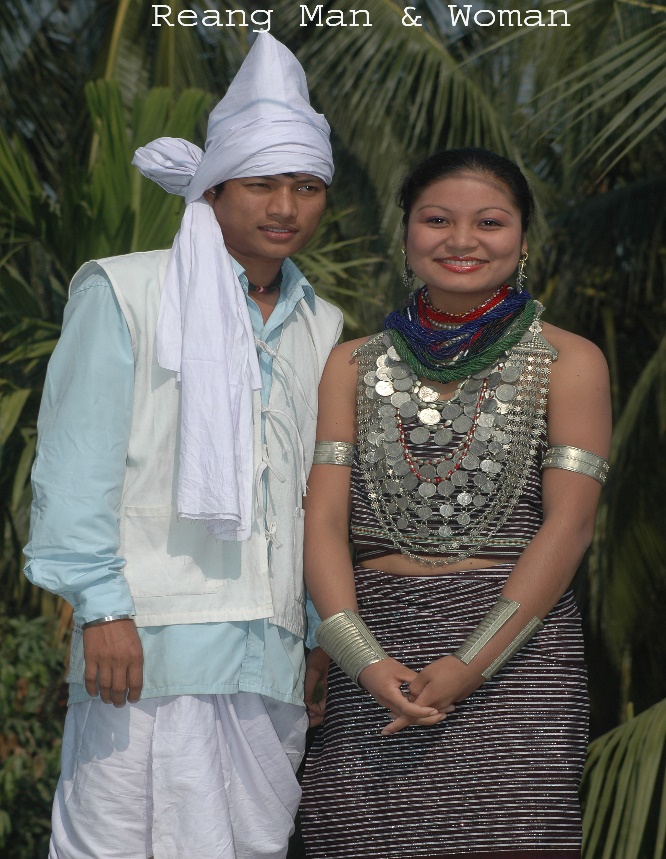
description
Jewels have an important part to play in dots over the traditional Reang women's aspect of ornaments. The women wear ornaments in silver and metals, such as "Rangbutang" and "Anchali" for neck, "Chandrahaar" and "Tar" for forehead, "Youchow Checha" for forearms, "Kharu" for legs, and 'Jhumka' for ears, during festivals. These ornaments are the part of their culture and often help to express them in Hojagiri dance. These ornaments are often intricately designed and typically handcrafted. Through their clothing and ornaments, the Reang tribe not only preserves their traditional identity but also demonstrates their artistry through the ages.
Image Mode
portrait
Image
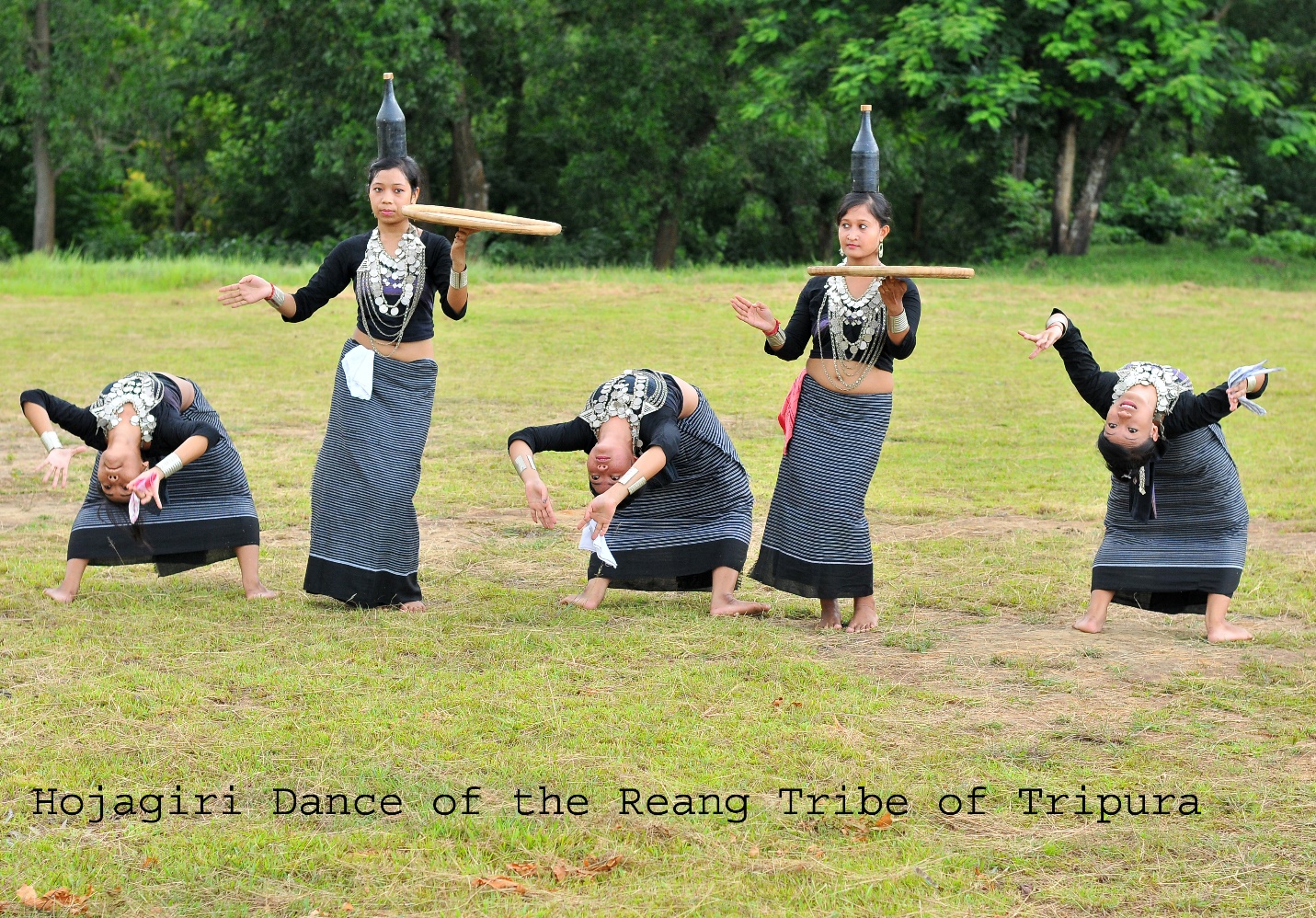
description
Ornaments form an essential part of the beauty of Reang women during ceremonies. They wear adornments in metals and silver and have necklaces: "Rangbutang," "Anchali," for neck; "Chandrahaar," "Tar," for forehead; "Youchow Checha," for forearms; "Kharu," for legs; and "Jhumka," for ears. These kinds of ornaments are intricately designed and mostly handmade. This is one essential cultural expression during the Hojagiri dance. The Reang people not only sustain their identity but also show the art through generations by their clothing and ornamentation.
Image Mode
landscape
promoted
Off
Verified
On
